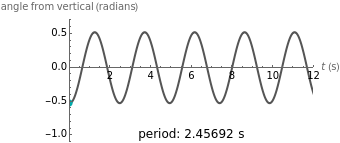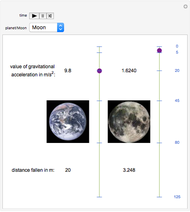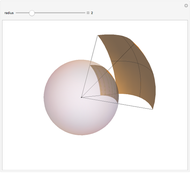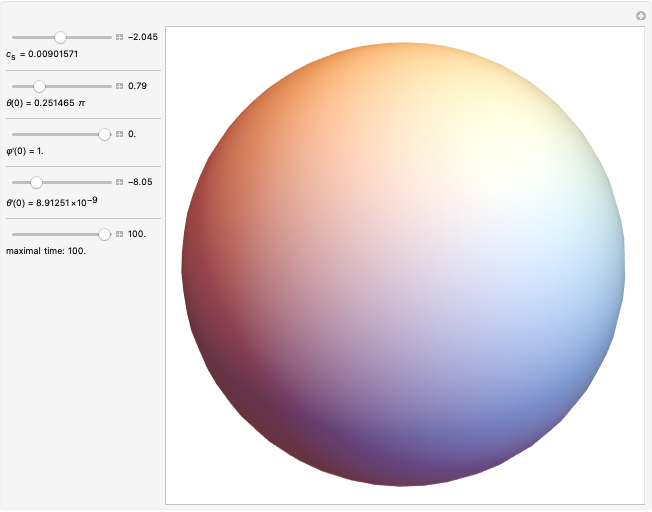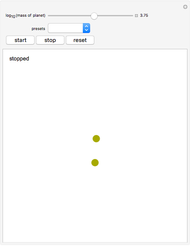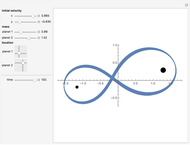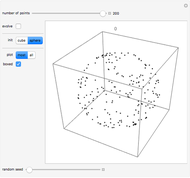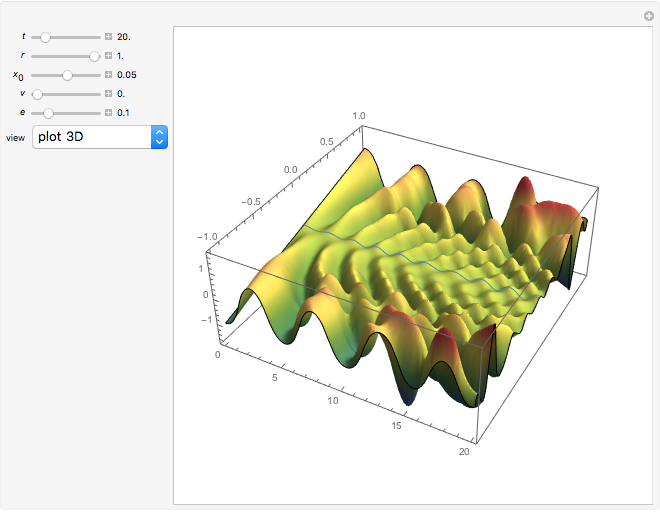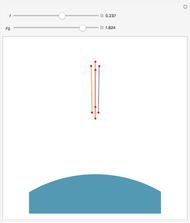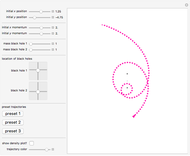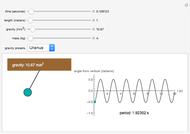Effect of Gravity on a Simple Pendulum

Requires a Wolfram Notebook System
Interact on desktop, mobile and cloud with the free Wolfram Player or other Wolfram Language products.
The period of a simple pendulum depends on its length  and the local gravity
and the local gravity  ; at small angles, the period is given by
; at small angles, the period is given by  .
.
Contributed by: Julia Cai and Melinda Coleman (January 2017)
Special thanks to the University of Illinois NetMath program and the Mathematics Department at William Fremd High School.
Open content licensed under CC BY-NC-SA
Snapshots
Details
The differential equation for the angular position of an oscillating pendulum is given by  .
.
For small angles, we can approximate  , so that the equation reduces to
, so that the equation reduces to  , with solution
, with solution  . This corresponds to an oscillation period
. This corresponds to an oscillation period 
 . A maximum angle
. A maximum angle  is set for the pendulum so that the given position graph closely approximates the actual motion of an oscillating pendulum.
is set for the pendulum so that the given position graph closely approximates the actual motion of an oscillating pendulum.
Snapshot 1: a pendulum of length 1 m and mass 4 kg on Uranus with a period of 1.924 seconds.
Snapshot 2: a pendulum of length 1.918 m and mass 6 kg on a planet where gravity is  with a period of 2.110 s.
with a period of 2.110 s.
Snapshot 3: a pendulum of length 1.644 m and mass 8 kg on the Sun with a period of 0.487 s.
References
[1] R. Nave. "Simple Pendulum." (Jan 20, 2017) hyperphysics.phy-astr.gsu.edu/hbase/pend.html.
[2] J. Yoon. "Gravity on Other Planets." (Jan 20, 2017) www.aerospaceweb.org/question/astronomy/q0227.shtml.
Permanent Citation

